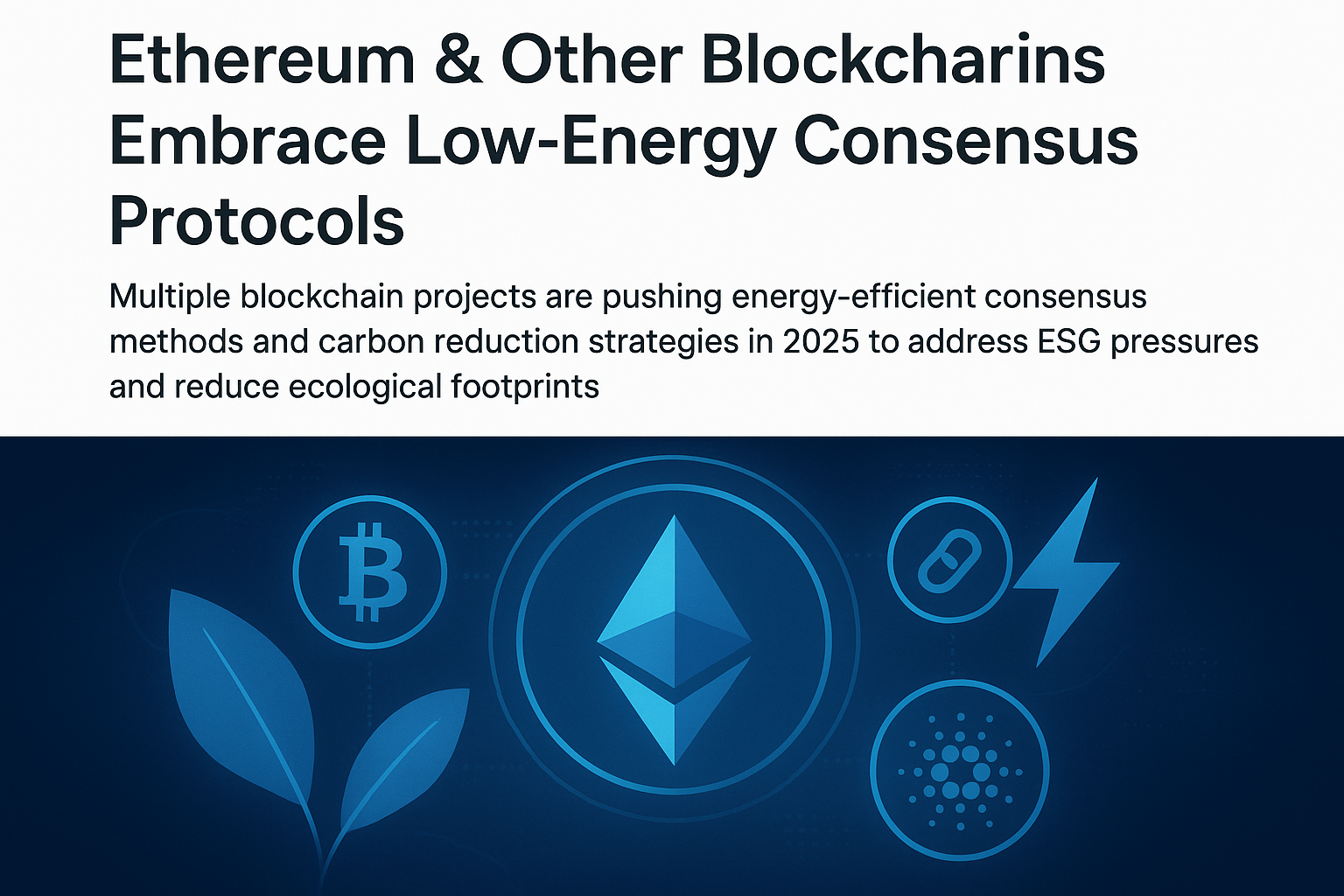Introduction
Blockchain technology has revolutionized industries by enabling decentralization, security, and transparency. However, its environmental impact has raised significant concerns. Energy-intensive consensus mechanisms, particularly Proof-of-Work (PoW), have led to high carbon emissions, making sustainability a pressing issue. The concept of ‘Green Blockchain’ is gaining traction, focusing on reducing blockchain operations’ carbon footprint through energy-efficient protocols and renewable energy integration.
The Environmental Challenge of Blockchain
Bitcoin and Ethereum, two of the most prominent blockchain networks, have faced criticism for their excessive energy consumption. Bitcoin mining alone consumes more electricity than some entire countries. This energy demand contributes to carbon emissions, raising concerns about blockchain’s sustainability. As a result, industries and developers are exploring ways to transition towards greener blockchain solutions.
Sustainable Solutions: The Rise of Green Blockchain
1. Energy-Efficient Consensus Mechanisms
- Proof-of-Stake (PoS): Unlike PoW, which requires extensive computational power, PoS selects validators based on their stake in the network, drastically reducing energy consumption.
- Delegated Proof-of-Stake (DPoS) & Proof-of-Authority (PoA): These alternative consensus mechanisms further optimize energy efficiency while maintaining security.
- Hybrid Consensus Models: Combining PoW with PoS or other low-energy mechanisms helps balance security and sustainability.
2. Integration of Renewable Energy
- Many blockchain projects are turning to renewable energy sources such as solar, wind, and hydroelectric power for mining operations.
- Crypto mining companies are relocating to regions where clean energy is abundant to reduce carbon footprints.
3. Carbon Offsetting Initiatives
- Blockchain networks are increasingly investing in carbon offsetting programs to neutralize emissions.
- Projects like KlimaDAO and Toucan Protocol tokenize carbon credits, allowing blockchain users to participate in sustainability efforts.
4. Green Blockchain Projects & Initiatives
- Ethereum 2.0: Ethereum’s transition to PoS has significantly reduced energy consumption, setting a precedent for other networks.
- Chia Network: Uses Proof-of-Space-and-Time, an eco-friendly consensus mechanism that relies on storage capacity rather than computational power.
- Algorand: A carbon-negative blockchain that actively offsets its emissions by supporting sustainability projects.
The Future of Green Blockchain
The transition to greener blockchain technology is accelerating as sustainability becomes a priority for businesses, investors, and regulators. Governments worldwide are exploring policies to encourage eco-friendly blockchain adoption, while institutional investors increasingly favor green blockchain projects.
Blockchain technology can align with global sustainability goals by continuing to innovate in energy efficiency and carbon neutrality. As the demand for decentralized applications (dApps) and smart contracts grows, ensuring a minimal environmental impact will be critical for blockchain’s long-term viability.
Green blockchain represents a necessary evolution in digital infrastructure, balancing innovation with environmental responsibility. By adopting energy-efficient mechanisms, integrating renewable energy, and investing in carbon offsetting, blockchain can transition into a sustainable future. As awareness grows, the industry must prioritize sustainability, ensuring that blockchain technology serves both digital and environmental progress.




